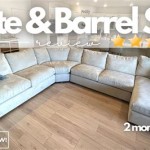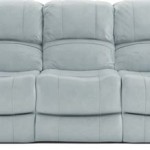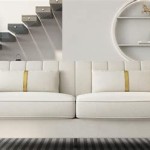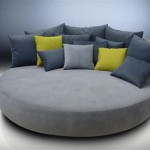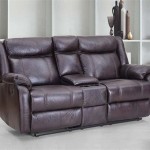Essential Aspects of Building a Built-In Sofa
When embarking on the project of creating a built-in sofa, there are numerous crucial aspects that require consideration. These elements form the foundation for constructing a functional, visually appealing, and long-lasting addition to any living space. This article aims to elucidate the essential aspects of building a built-in sofa, providing comprehensive guidance to ensure a successful outcome.
Planning and Design
Before the building process begins, it is essential to meticulously plan the design of the built-in sofa. This involves determining its dimensions, shape, and overall style to complement the existing décor and accommodate the desired functionality. Additionally, considerations regarding the materials, hardware, and upholstery that will be employed play a vital role in shaping the aesthetic and practical aspects of the sofa.
Materials and Construction
The choice of materials for building the built-in sofa is of paramount importance. Plywood or MDF are commonly used for the frame, providing a sturdy and durable base. The selection of upholstery fabric or leather will influence the sofa's appearance, texture, and longevity. Additionally, the type of hardware chosen, such as hinges, drawer slides, and nails, will impact the overall functionality and durability of the sofa.
Function and Comfort
A well-designed built-in sofa should prioritize both functionality and comfort. Considering the intended use of the sofa is crucial, whether for lounging, entertaining guests, or providing additional storage. Incorporating features such as built-in drawers or shelves enhances its practicality. Furthermore, selecting comfortable cushioning materials and ensuring adequate back support contribute to the overall comfort of the sofa.
Storage and Space Optimization
Built-in sofas offer ample opportunities for incorporating storage solutions. By integrating drawers, shelves, or hidden compartments, homeowners can maximize the sofa's functionality and reduce clutter in the living space. This aspect should be carefully planned during the design phase to ensure seamless integration of storage features without compromising the sofa's aesthetics.
Aesthetics and Style
The aesthetic appeal of a built-in sofa should harmoniously complement the existing décor and architectural style of the living space. Consider the overall color scheme, furniture styles, and decorative elements to create a cohesive and visually pleasing ambiance. From classic Chesterfield designs to modern minimalist sofas, there are countless design options to suit diverse tastes and preferences.
Continuing the Journey: Building a Built-In Sofa
With the essential aspects of building a built-in sofa outlined, the next step is to embark on the actual construction process. By following meticulous planning, utilizing suitable materials, and paying attention to functionality and aesthetics, homeowners can create a custom-built sofa that seamlessly integrates into their living space, providing both comfort and style for years to come.

Woman Builds Her Own Corner Sofa Using Plywood And Memory Foam Diy Design Built In

50 Easy Ways To Build A Diy Couch Without Breaking The Bank

Diy Couch How To Build And Upholster Your Own Sofa

Storage Sofa Ana White

Woman Reveals She Built Her Own Corner Sofa Using Plywood And Memory Foam Daily Mail

50 Easy Ways To Build A Diy Couch Without Breaking The Bank

How To Build A Sofa Couch Built In Your Own

Diy Couch How To Build And Upholster Your Own Sofa

Learn How To Create Your Own Diy Modern Wood Couch With Leather Cushions

Diy Couch How To Build And Upholster Your Own Sofa
Related Posts


